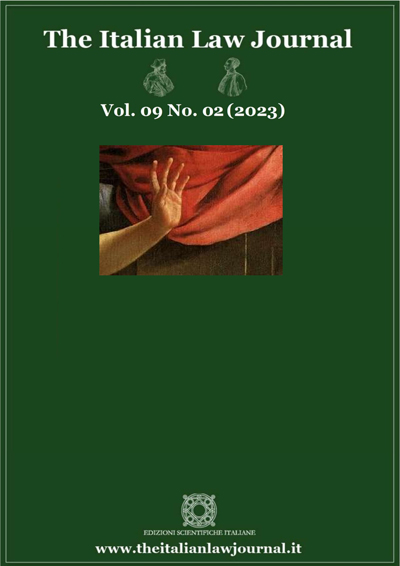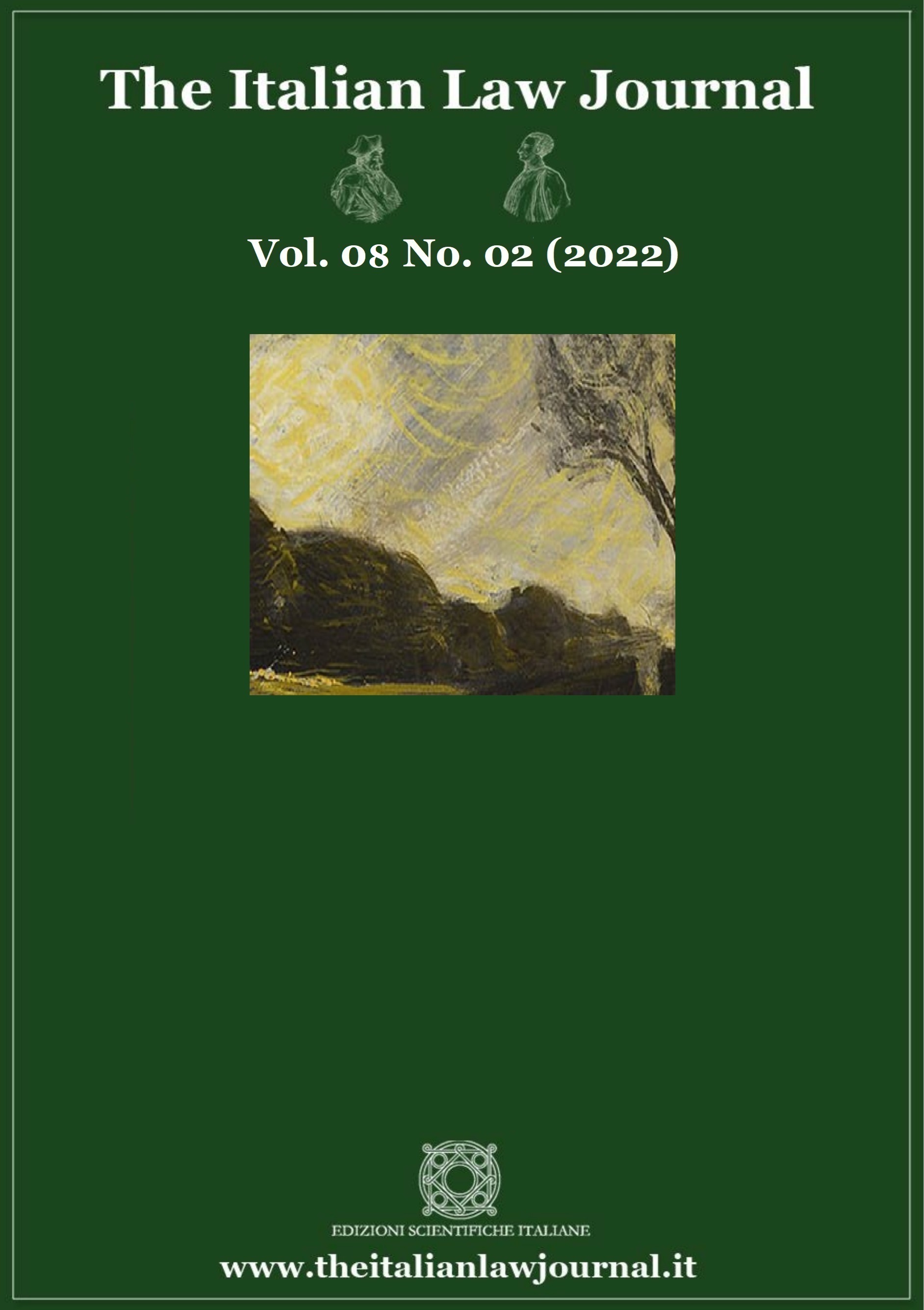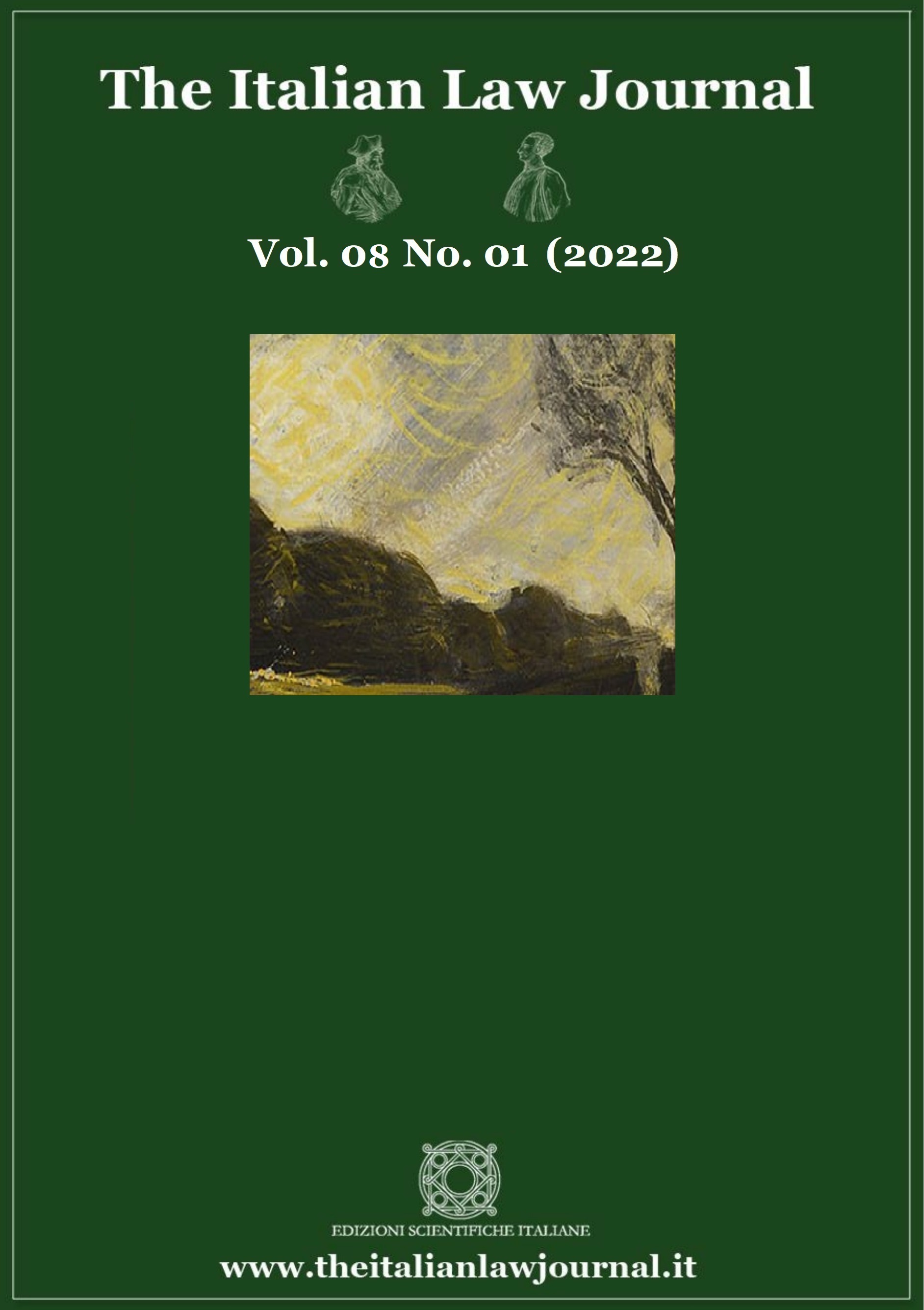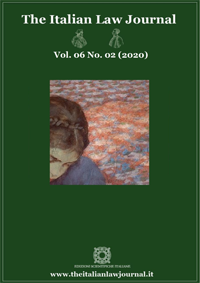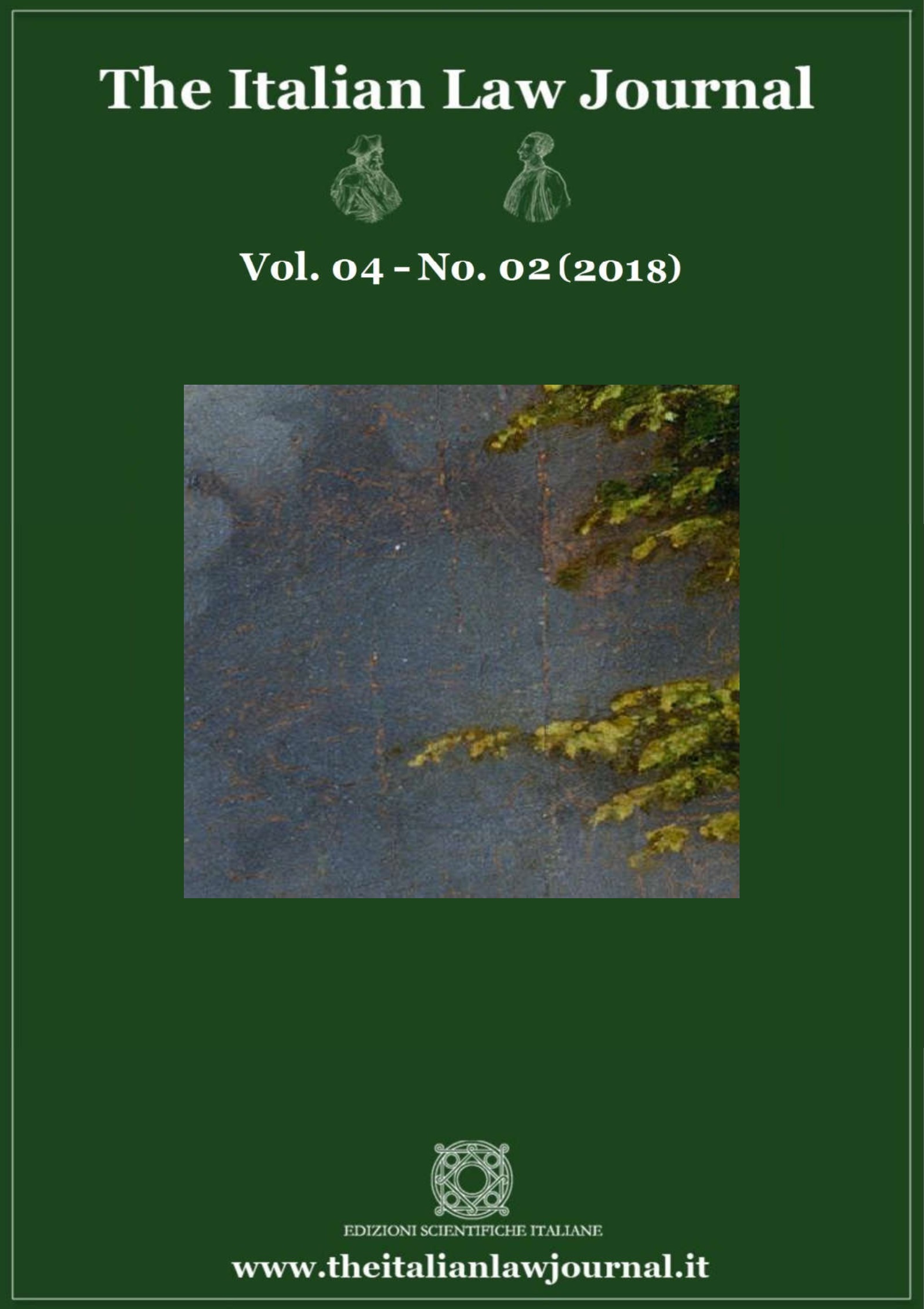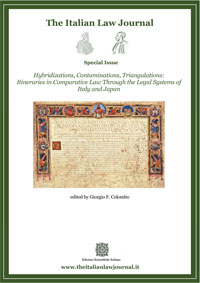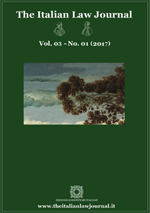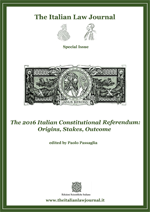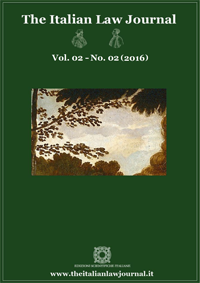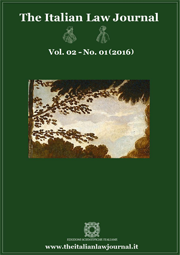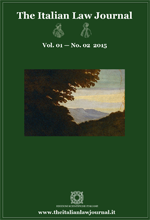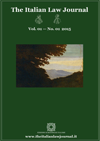9 THE ITALIAN LAW JOURNAL NO. 1 (2023)
Fashion Law and the Family Fashion Firm:
by Felicia Caponigri and Jake Landreth The business of fashion on the Italian territory is tied to a specific triangular ecosystem: fashion, family, and business form the three main points of firms’ activities in Italy, with brand heritage and cultural heritage at their center. These points of activity raise tensions between family and fashion, family and business, business and fashion or family. What is the best role for law within an ecosystem of family, fashion, and business grounded by brand and cultural heritage? What legal rules might uniquely allow this ecosystem to thrive? Exploring comparatively how Italian law defines the duty of care and the duty of loyalty, and the institutions which work with corporations to promote fashion firms and family narratives as cultural heritage, the authors make some observations regarding how legal rules that apply to corporations and the duties of their directors, members, and shareholders seem to weigh one part of the family/fashion/ business triangle over another. They propose that the Italian duty of care rule leaves room for parallel activities, like fashion archiving and cultural engagement, that prioritize the family and fashion corners of a firm, and a family fashion firm’s brand heritage as part of a wider cultural heritage. A broader understanding of loyalty might allow family fashion firms to consider unexpected fashion industry collaborations and new initiatives within the family that may at first seem adverse, supporting compelling firm futures instead of infighting or family drama. Lastly, the authors showcase the important role foundations play for Italian family fashion firms alongside more traditional corporate activities, offering an inspiring model for exiting fashion family firms and future uses of fashion heritage connected to family business narratives for a transatlantic audience. DOI 10.23815/2421-2156.ITALJ ISSN 2421-2156
Transatlantic Lessons from Multinational Italian Brands








